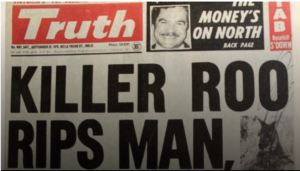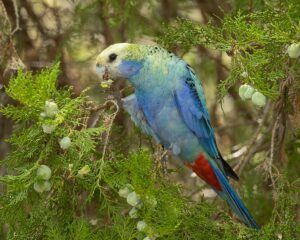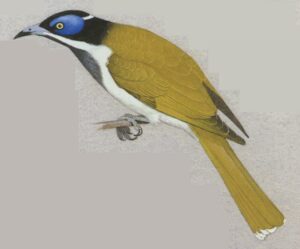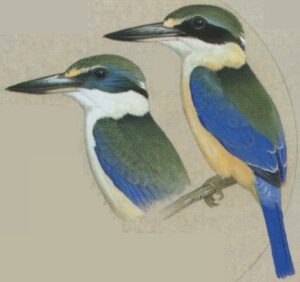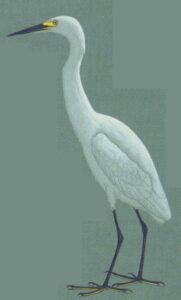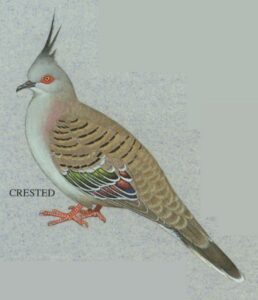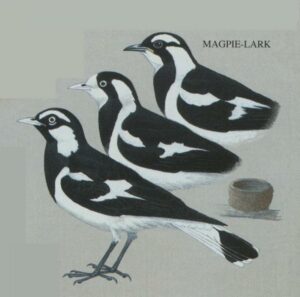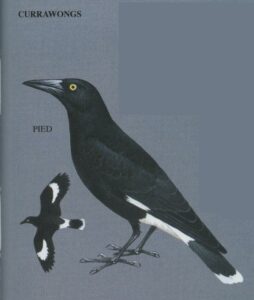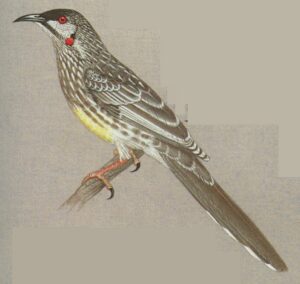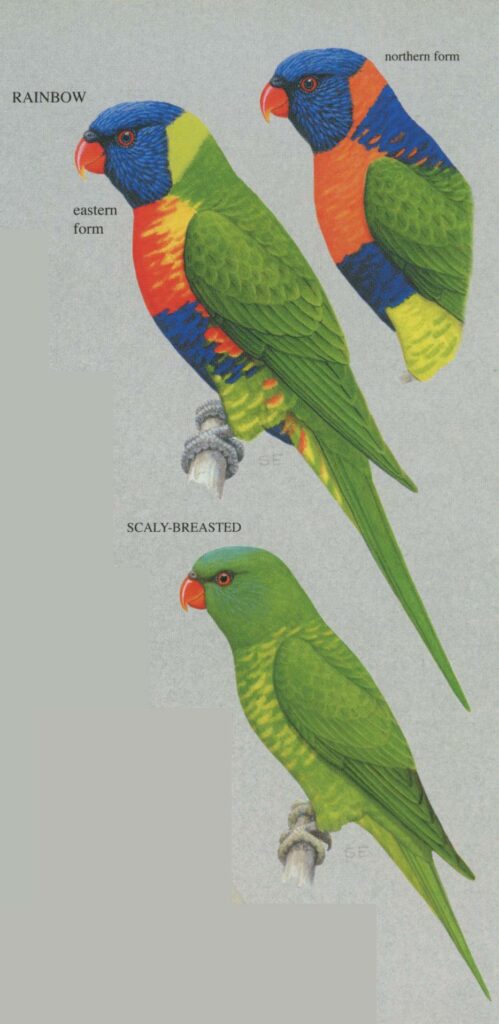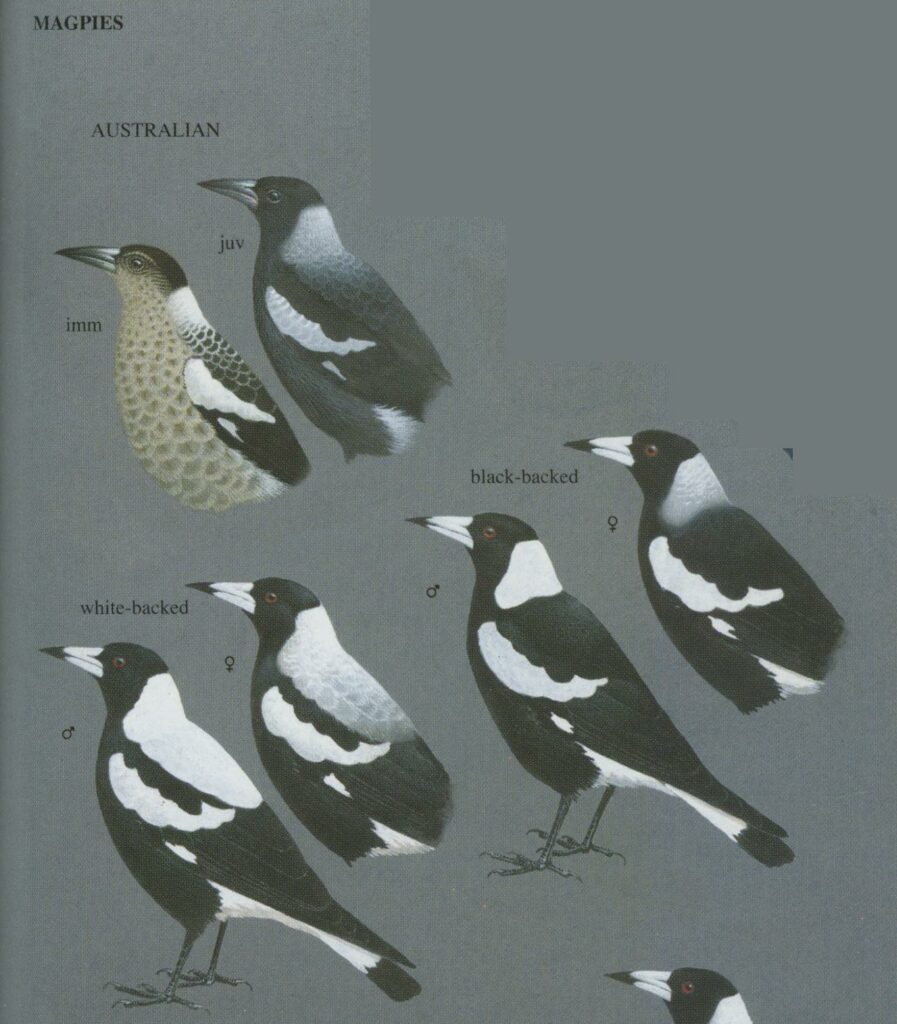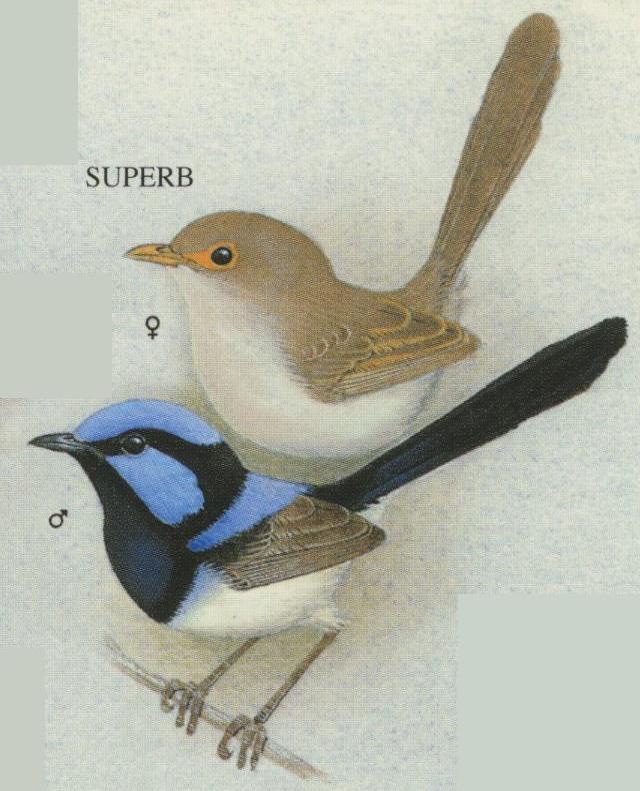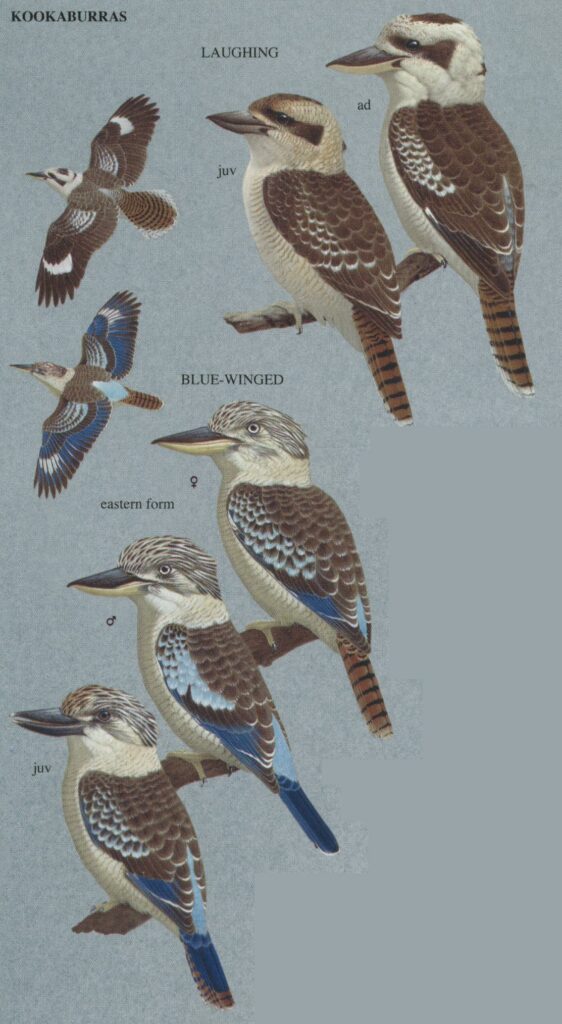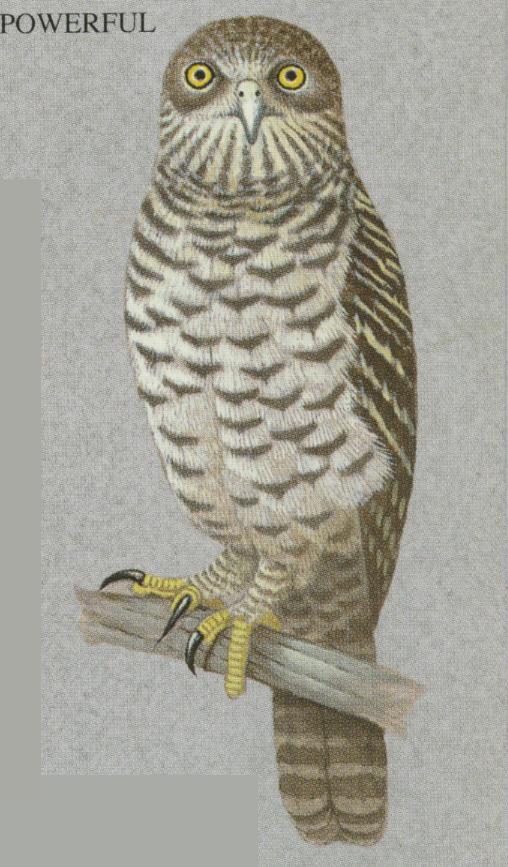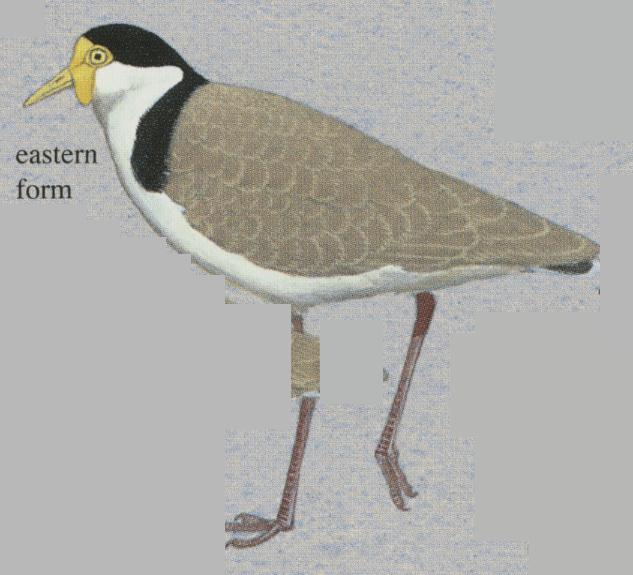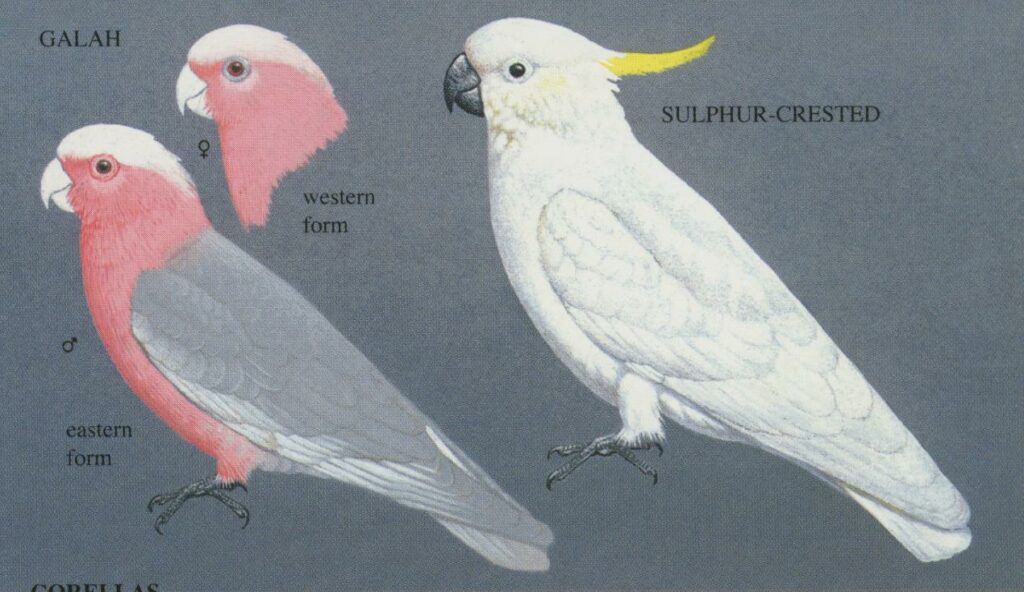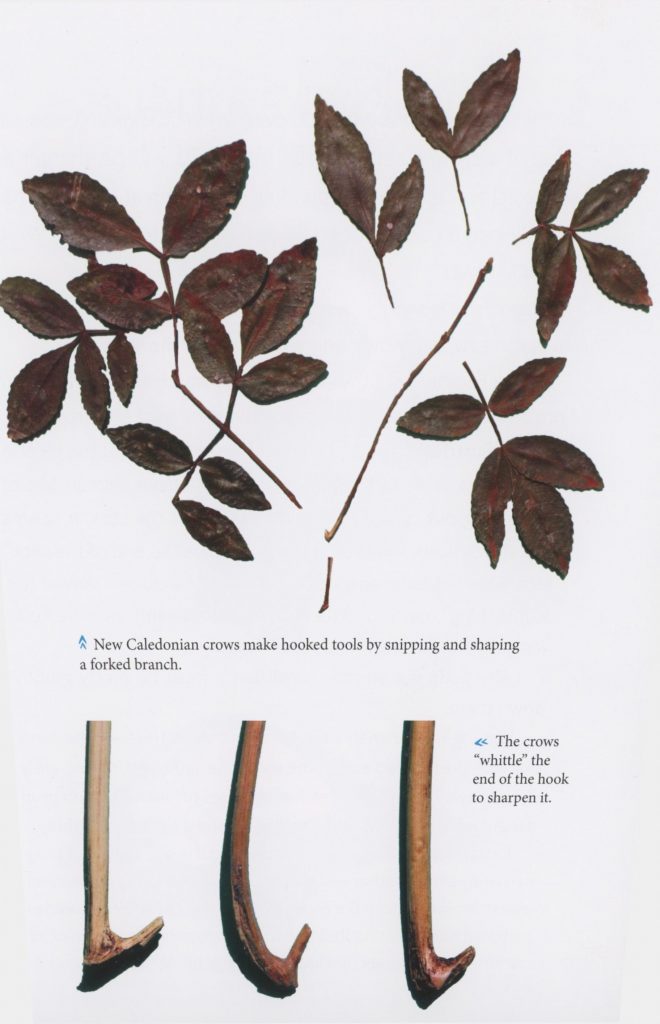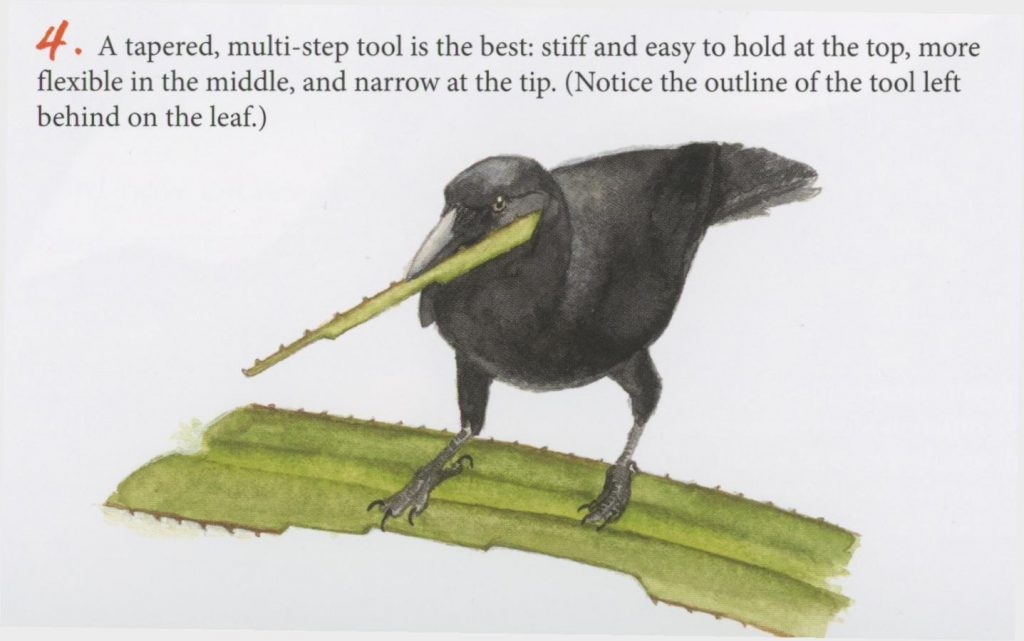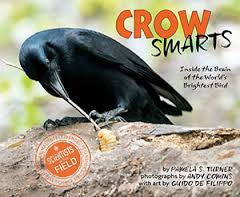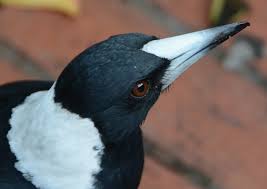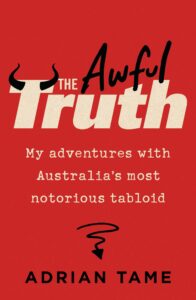 Before there was Trumpian fake-news there was “Australia’s most notorious tabloid”, The Truth — now the subject of a book — The Awful Truth — by one of its erstwhile reporters, Adrian Tame. If you can’t read the book then do at least have a good laugh listening to a 20 minute interview with the author: The scurrilous tabloid called TRUTH. It was one of Rupert Murdoch’s early acquisitions, and soon after he took it over the paper earned the nickname “The Old Whore of La Trobe Street”. But it also had some serious and great moments.
Before there was Trumpian fake-news there was “Australia’s most notorious tabloid”, The Truth — now the subject of a book — The Awful Truth — by one of its erstwhile reporters, Adrian Tame. If you can’t read the book then do at least have a good laugh listening to a 20 minute interview with the author: The scurrilous tabloid called TRUTH. It was one of Rupert Murdoch’s early acquisitions, and soon after he took it over the paper earned the nickname “The Old Whore of La Trobe Street”. But it also had some serious and great moments.
Here’s how Adrian got the job:
[The editor, Paul Edwards] had brushed aside my lack of clippings, telling me: ‘Doesn’t matter, mate. Wouldn’t want to read your references, you probably wrote them yourself. Same with your clippings, except if they’re any good, someone else probably wrote ’em. Start tomorrow, that’s Tuesday, and you’ve got two weeks to show me what you can do. We’ll either make you permanent, or I’ll flick you.
Another excerpt (also covered in the Late Night Live interview linked above):
On this particular occasion the three of us had, for once, too much information to play with. Too many facts to fit into the number of words we were allotted. The story involved Marlon Brando and his daughter Cheyenne. Brando was grossly overweight and due to arrive in Australia to work some of it off at a health farm. Cheyenne was arriving simultaneously for emotional counselling, following a breakdown caused by a particularly traumatic and unsavoury domestic, resulting in a murder. We were playing with puns like ‘meltdown’, and arguing over which part of the story should be prioritised in the headline. And then Thommo strode into the room.
After a quick glance at the two stories he muttered something derisory about the amount of time we had been taking, grabbed a piece of paper and scribbled the following:
The Brandos are coming
HE’S FAT
SHE’S MAD‘Fuckin’ obvious isn’t it?’ he scowled as he left the room.
Pure tabloid genius. It was intriguing – how could anyone not want to read further? – it was wildly funny and it was to the point – all vital ingredients for a good headline. But what made it a truly great headline was its barbaric cruelty.
Excerpt From: Adrian Tame. “The Awful Truth.” Apple Books.
The interview is genuinely fascinating and informative for insights into what people who produce a paper like that think of what they’re doing and what they think of their readers.
Or if you prefer your escape from real-world political tensions to be more on cute and soft side, here is another bird photo, not from my own place this time but from my sister’s front yard:
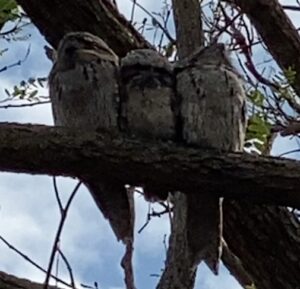
Not the best photo, but they are very high up in a very tall tree.
One more on that awful truth….

